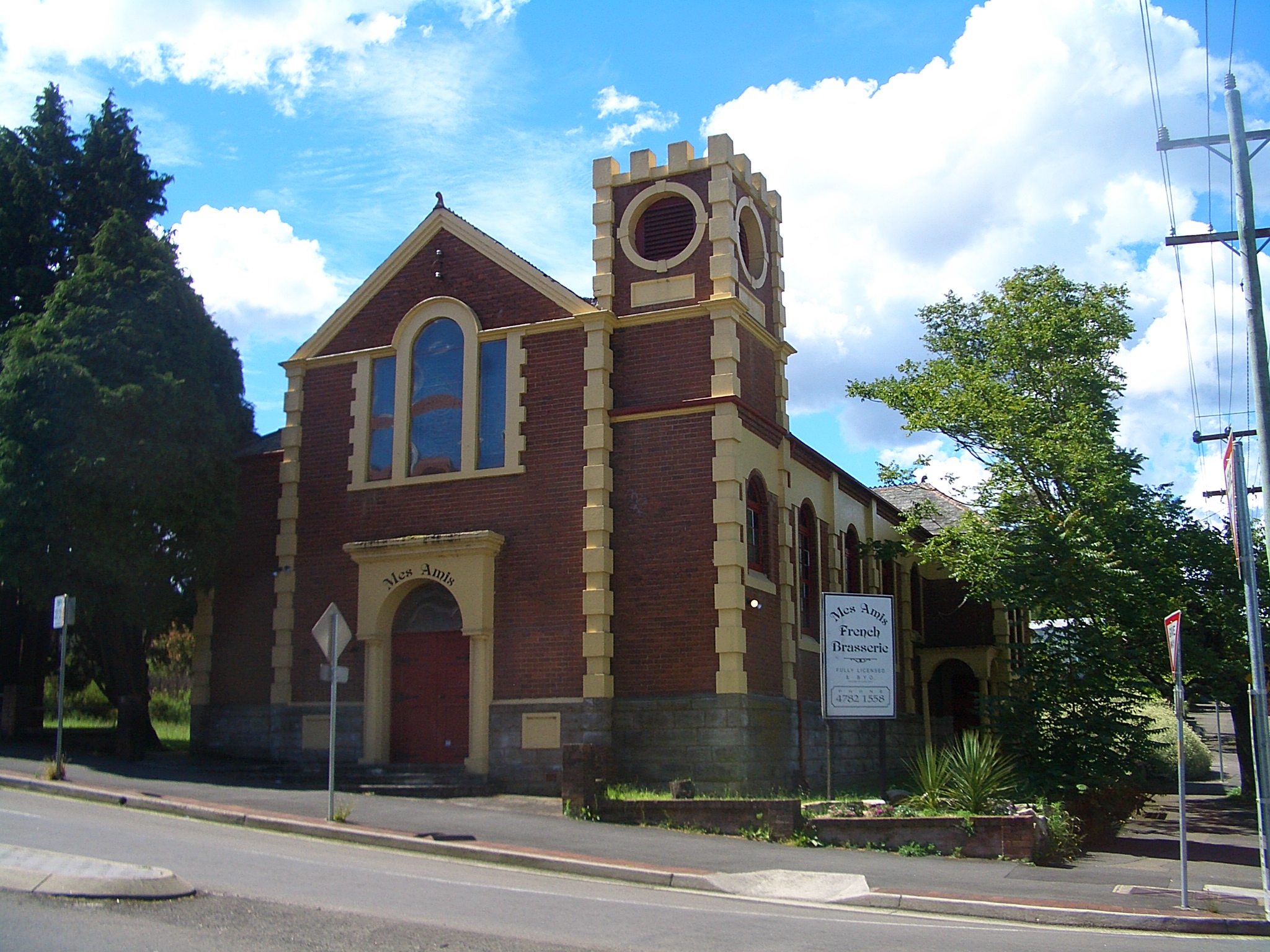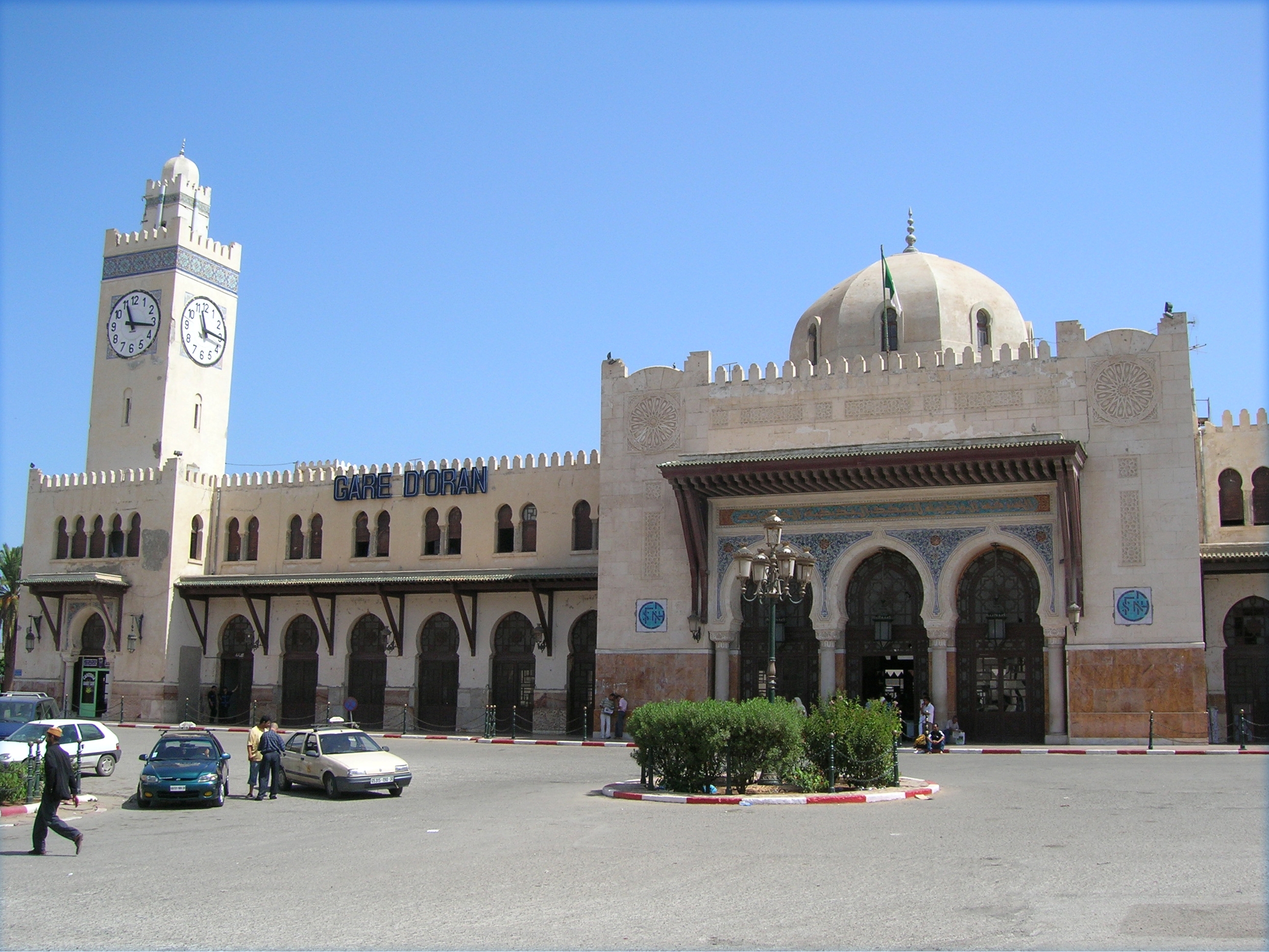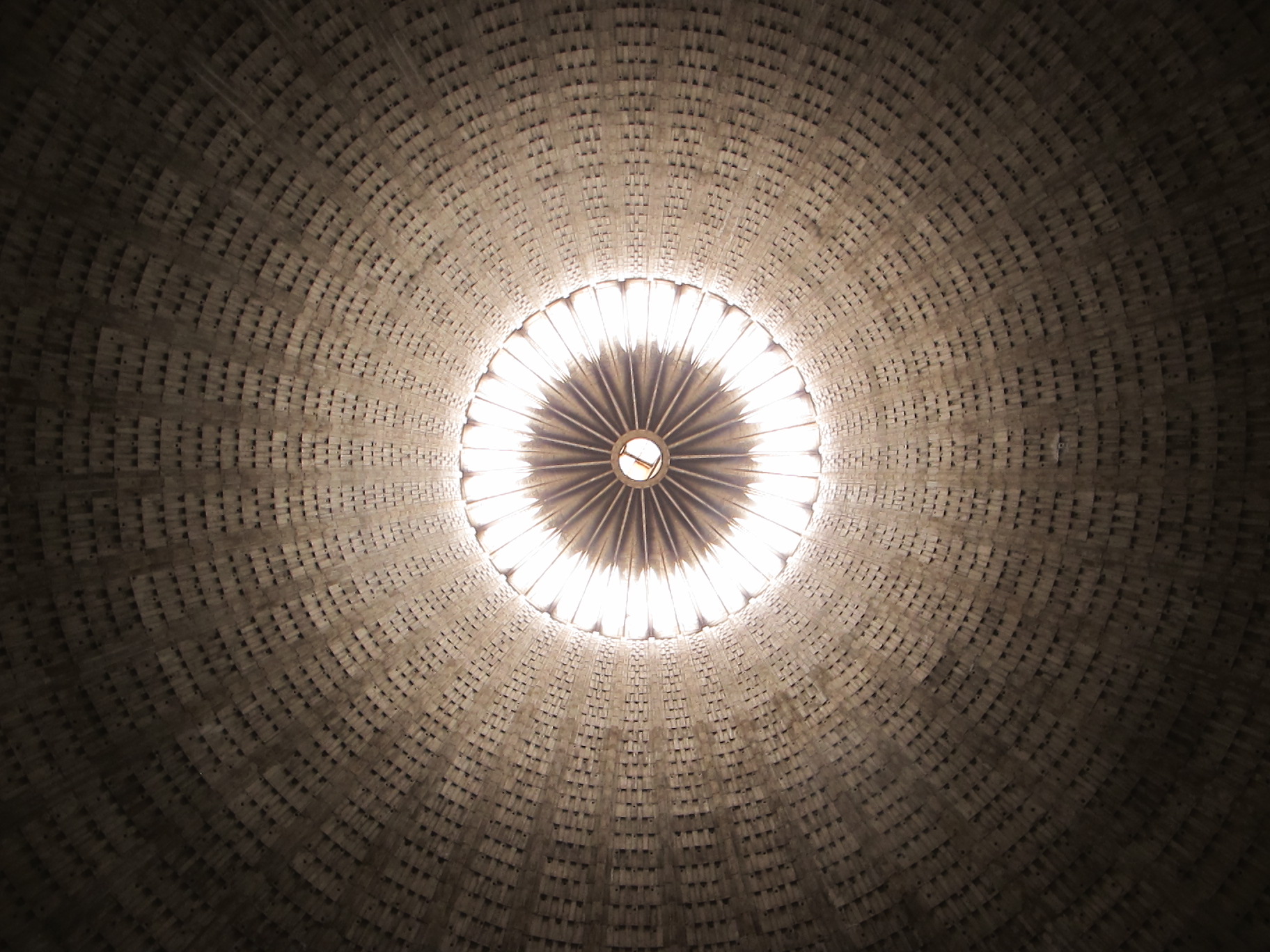|
Cathédrale Du Sacré-Cœur D'Oran
Cathédrale du Sacré-Cœur d'Oran (''Sacred Heart Cathedral of Oran'') is a former Roman Catholic church located at Place de la Kahina, on Boulevard Hammou-boutlelis, in Oran, Algeria. History The church building was built between 1903 and 1913 to the design of Albert Ballu, the architect of the Government of Algeria, and by the company of Auguste and Gustave Perret. The structure of the church itself is of reinforced concrete, which made it the first church built out of this in French overseas territories.''Le livre d'or de l'Oranie'', par édition de l'Afrique du nord illustrée 1925, p. 127 It was dedicated on 30 April 1930. The cathedral became a regional library in 1984, then a public library in 1996. See also *Cathédrale du Sacré-Cœur d'Alger Cathédrale du Sacré-Cœur d'Alger (''Sacred Heart Cathedral of Algiers'') is a Roman Catholic church located in Algiers, Algeria. Completed in 1956, it became the new cathedral in the capital after the Cathedral of Saint Philip ... [...More Info...] [...Related Items...] OR: [Wikipedia] [Google] [Baidu] |
Oran
Oran ( ar, وَهران, Wahrān) is a major coastal city located in the north-west of Algeria. It is considered the second most important city of Algeria after the capital Algiers, due to its population and commercial, industrial, and cultural importance. It is west-south-west from Algiers. The total population of the city was 803,329 in 2008, while the metropolitan area has a population of approximately 1,500,000 making it the second-largest city in Algeria. Etymology The word ''Wahran'' comes from the Berber expression ''wa - iharan'' (place of lions). A locally popular legend tells that in the period around AD 900, there were sightings of Barbary lion, Barbary lions in the area. The last two lions were killed on a mountain near Oran, and it became known as ''la montagne des lions'' ("The Mountain of Lions"). Two giant lion statues stand in front of Oran's city hall, symbolizing the city. History Overview During the Roman Empire, a small settlement called ''Unica Colonia'' ... [...More Info...] [...Related Items...] OR: [Wikipedia] [Google] [Baidu] |
Roman Catholic Church
The Catholic Church, also known as the Roman Catholic Church, is the largest Christian church, with 1.3 billion baptized Catholics worldwide . It is among the world's oldest and largest international institutions, and has played a prominent role in the history and development of Western civilization.O'Collins, p. v (preface). The church consists of 24 ''sui iuris'' churches, including the Latin Church and 23 Eastern Catholic Churches, which comprise almost 3,500 dioceses and eparchies located around the world. The pope, who is the bishop of Rome, is the chief pastor of the church. The bishopric of Rome, known as the Holy See, is the central governing authority of the church. The administrative body of the Holy See, the Roman Curia, has its principal offices in Vatican City, a small enclave of the Italian city of Rome, of which the pope is head of state. The core beliefs of Catholicism are found in the Nicene Creed. The Catholic Church teaches that it is th ... [...More Info...] [...Related Items...] OR: [Wikipedia] [Google] [Baidu] |
African Rite
In the history of Christianity, the African Rite refers to a now defunct Christian, Latin liturgical rite, and is considered a development or possibly a local use of the primitive Roman Rite. Centered around the Archdiocese of Carthage in the Early African church, it used the Latin language. The African Rite may be considered in two different periods: The ante-Nicene period when Christians were persecuted and could not freely develop forms of public worship, and when the liturgical prayers and acts had not become fixed; and the post-Nicene period when the simple, improvised forms of prayer gave way to more elaborate, set formularies, and the primitive liturgical actions evolved into grand and formal ceremonies. Background The African liturgy was in use not only in the old Roman province of Africa of which Carthage was the capital, but also in Numidia and Mauretania -- in fact, in all of Northern Africa from the borders of Egypt west to the Atlantic Ocean, meaning the Early A ... [...More Info...] [...Related Items...] OR: [Wikipedia] [Google] [Baidu] |
Deconsecrated
Deconsecration, also called secularization, is the act of removing a religious blessing from something that had been previously consecrated by a minister or priest of that religion. The practice is usually performed on churches or synagogues to be rendered to non-religious (secular) use or demolished. See also * Consecration * Desacralization of knowledge * Desecration * Secularization (church property) Secularization is the confiscation of church property by a government, such as in the suppression of monasteries. The term is often used to specifically refer to such confiscations during the French Revolution and the First French Empire in the ..., the confiscation of church property by a government References {{religion-stub Christian worship and liturgy ... [...More Info...] [...Related Items...] OR: [Wikipedia] [Google] [Baidu] |
Cathedral
A cathedral is a church that contains the '' cathedra'' () of a bishop, thus serving as the central church of a diocese, conference, or episcopate. Churches with the function of "cathedral" are usually specific to those Christian denominations with an episcopal hierarchy, such as the Catholic, Eastern Orthodox, Anglican, and some Lutheran churches.New Standard Encyclopedia, 1998 by Standard Educational Corporation, Chicago, Illinois; page B-262c Church buildings embodying the functions of a cathedral first appeared in Italy, Gaul, Spain, and North Africa in the 4th century, but cathedrals did not become universal within the Western Catholic Church until the 12th century, by which time they had developed architectural forms, institutional structures, and legal identities distinct from parish churches, monastic churches, and episcopal residences. The cathedral is more important in the hierarchy than the church because it is from the cathedral that the bishop governs the area unde ... [...More Info...] [...Related Items...] OR: [Wikipedia] [Google] [Baidu] |
Church Architecture
Church architecture refers to the architecture of buildings of churches, convents, seminaries etc. It has evolved over the two thousand years of the Christian religion, partly by innovation and partly by borrowing other architectural styles as well as responding to changing beliefs, practices and local traditions. From the birth of Christianity to the present, the most significant objects of transformation for Christian architecture and design were the great churches of Byzantium, the Romanesque abbey churches, Gothic cathedrals and Renaissance basilicas with its emphasis on harmony. These large, often ornate and architecturally prestigious buildings were dominant features of the towns and countryside in which they stood. However, far more numerous were the parish churches in Christendom, the focus of Christian devotion in every town and village. While a few are counted as sublime works of architecture to equal the great cathedrals and churches, the majority developed along si ... [...More Info...] [...Related Items...] OR: [Wikipedia] [Google] [Baidu] |
Roman Catholic
Roman or Romans most often refers to: *Rome, the capital city of Italy *Ancient Rome, Roman civilization from 8th century BC to 5th century AD *Roman people, the people of ancient Rome *'' Epistle to the Romans'', shortened to ''Romans'', a letter in the New Testament of the Christian Bible Roman or Romans may also refer to: Arts and entertainment Music * Romans (band), a Japanese pop group * ''Roman'' (album), by Sound Horizon, 2006 * ''Roman'' (EP), by Teen Top, 2011 *" Roman (My Dear Boy)", a 2004 single by Morning Musume Film and television * Film Roman, an American animation studio * ''Roman'' (film), a 2006 American suspense-horror film * ''Romans'' (2013 film), an Indian Malayalam comedy film * ''Romans'' (2017 film), a British drama film * ''The Romans'' (''Doctor Who''), a serial in British TV series People *Roman (given name), a given name, including a list of people and fictional characters *Roman (surname), including a list of people named Roman or Romans *Ῥωμ� ... [...More Info...] [...Related Items...] OR: [Wikipedia] [Google] [Baidu] |
Algeria
) , image_map = Algeria (centered orthographic projection).svg , map_caption = , image_map2 = , capital = Algiers , coordinates = , largest_city = capital , religion = , official_languages = , languages_type = Other languages , languages = Algerian Arabic (Darja) French , ethnic_groups = , demonym = Algerian , government_type = Unitary semi-presidential republic , leader_title1 = President , leader_name1 = Abdelmadjid Tebboune , leader_title2 = Prime Minister , leader_name2 = Aymen Benabderrahmane , leader_title3 = Council President , leader_name3 = Salah Goudjil , leader_title4 = Assembly President , leader_name4 = Ibrahim Boughali , legislature = Parliament , upper_house = Council of the Nation , lower_house ... [...More Info...] [...Related Items...] OR: [Wikipedia] [Google] [Baidu] |
Albert Ballu
Albert Ballu (1 June 1849 - 3 November 1939) was a French architect. He designed many buildings in French Algeria, including the Cathédrale du Sacré-Cœur d'Oran. Education and early career Albert Ballu was the son of an architect, Théodore Ballu (1817–1885), who designed several churches in Paris and who from 1860 was head of public works for the city of Paris. Albert entered the École nationale supérieure des Beaux-Arts in 1868. He was a student of Auguste Magne and his father. After graduating he assisted his father and participated in various competitions for public architecture. He was employed by the Church for the restoration of religious buildings, first in Aix-en-Provence and then in Algiers, where in the 1880s he conducted a survey of local architecture, notably mosques and palaces. Work in Algeria In 1889 he succeeded Edmond Duthoit as chief architect of the historical monuments department in Algeria, a position which he held for 30 years. Like his predeces ... [...More Info...] [...Related Items...] OR: [Wikipedia] [Google] [Baidu] |
Cathedral
A cathedral is a church that contains the '' cathedra'' () of a bishop, thus serving as the central church of a diocese, conference, or episcopate. Churches with the function of "cathedral" are usually specific to those Christian denominations with an episcopal hierarchy, such as the Catholic, Eastern Orthodox, Anglican, and some Lutheran churches.New Standard Encyclopedia, 1998 by Standard Educational Corporation, Chicago, Illinois; page B-262c Church buildings embodying the functions of a cathedral first appeared in Italy, Gaul, Spain, and North Africa in the 4th century, but cathedrals did not become universal within the Western Catholic Church until the 12th century, by which time they had developed architectural forms, institutional structures, and legal identities distinct from parish churches, monastic churches, and episcopal residences. The cathedral is more important in the hierarchy than the church because it is from the cathedral that the bishop governs the area unde ... [...More Info...] [...Related Items...] OR: [Wikipedia] [Google] [Baidu] |
Cathédrale Du Sacré-Cœur D'Alger
Cathédrale du Sacré-Cœur d'Alger (''Sacred Heart Cathedral of Algiers'') is a Roman Catholic church located in Algiers, Algeria. Completed in 1956, it became the new cathedral in the capital after the Cathedral of Saint Philip of Algiers reconverted into a Muslim Ketchaoua Mosque. The Cathédrale du Sacré-Cœur d'Alger is the cathedral church of the Archdiocese of Algiers. Construction of the church began after a wish of Bishop Leynaud in 1944. It was elevated to a cathedral in December 1962 and consecrated in 1963. The designers of the building, Paul Herbé and Jean Le Couteur, along with engineer René Sarger, were inspired by the Gospel of John. Its nave measures long and wide. The church is noted for its central tower. At the entrance to the nave there are small organs offered by the parish of Boufarik opposite which is a mosaic. The mural dates to 324, from the first Roman basilica of '' Castellum Tingitanum'' (Chlef). The altar is made of Carrara marble, and house ... [...More Info...] [...Related Items...] OR: [Wikipedia] [Google] [Baidu] |
Buildings And Structures In Oran
A building, or edifice, is an enclosed structure with a roof and walls standing more or less permanently in one place, such as a house or factory (although there's also portable buildings). Buildings come in a variety of sizes, shapes, and functions, and have been adapted throughout history for a wide number of factors, from building materials available, to weather conditions, land prices, ground conditions, specific uses, prestige, and aesthetic reasons. To better understand the term ''building'' compare the list of nonbuilding structures. Buildings serve several societal needs – primarily as shelter from weather, security, living space, privacy, to store belongings, and to comfortably live and work. A building as a shelter represents a physical division of the human habitat (a place of comfort and safety) and the ''outside'' (a place that at times may be harsh and harmful). Ever since the first cave paintings, buildings have also become objects or canvasses of much artistic ... [...More Info...] [...Related Items...] OR: [Wikipedia] [Google] [Baidu] |

.jpg)






